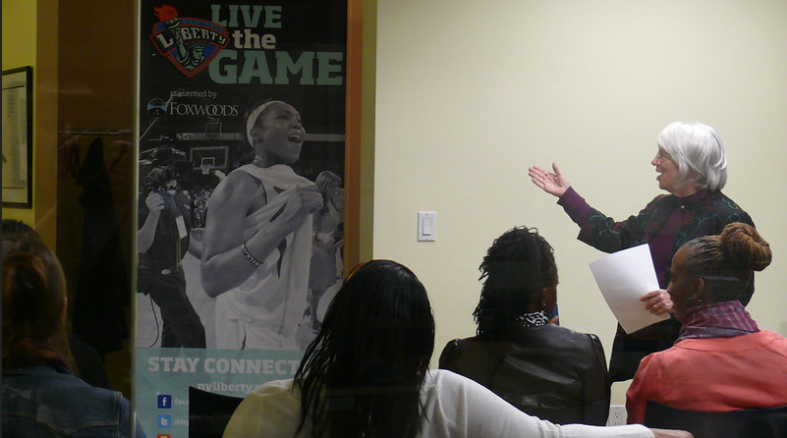It doesn’t take much to hide it from the world. Maybe a pair of oversized sweatpants or a shirt with long, opaque sleeves. Yet, it was responsible for 633,000 emergency room visits in 2009 alone, according to the Centers for Disease Control and Prevention. NBC reports recent studies have found that it affects 17 to 28 percent of teens and young adults, and cases have been on the rise over the last couple of decades. Still, the norm with this taboo topic is to take the easy way out. To focus on a lighter subject, to talk about “that thing that she does” some other day. Though it is unpleasant, facing the issue of self-harm with empathy can save lives.
First, while it is true that those who engage in non-suicidal self-injurious behaviors such as cutting, burning or having eating disorders make the conscious decision to injure themselves, it is wrong to dismiss self-harm as something that is the victim’s “own fault”. This idea implies that those who self-harm deserve the negative habit they have developed, almost like punishment for something they have done wrong. This is precisely what keeps the issue of self-harm swept under the rug; fearing social rejection, already-troubled victims may choose not to reach out for help.
In reality, self-injury rarely arises as a random decision; Steven Levenkron, M.S., a psychotherapist in New York and author of “Cutting, Understanding & Overcoming Self-Mutilation”, said that what self-injurers have in common is that they are often the children of divorce, and up to 90 percent grew up in homes where communication between parents and child was lacking and messy problems were ultimately left unresolved. Around 50 percent have a history of being sexually or physically abused. Those who treat self-injurers estimate that around two million people in the United States self-harm in an attempt to avoid emotional pain.
It is clear that self-harm is not something that can be summed up as simply a habit adopted “to get attention”. Those who self-harm most likely have past emotional trauma or some other pressure that is causing their behavior. The circumstances surrounding the self-harm are not a choice and therefore, self-injury itself should not be viewed as one. Rather, it should be seen as an unfortunate manifestation of some other issue that must be dealt with, and the news of self-injury from a person should be taken with compassion instead of blame.
Though it may be impossible for outsiders to single-handedly solve the problems a loved one faces, they should always be available to listen, and do so without judgment. Moreover, they shouldn’t ignore signs of self-injury, and should suggest professional treatment in order to help the self-injurer deal with any deeper issues – which, once resolved, will stop the self-harm.










